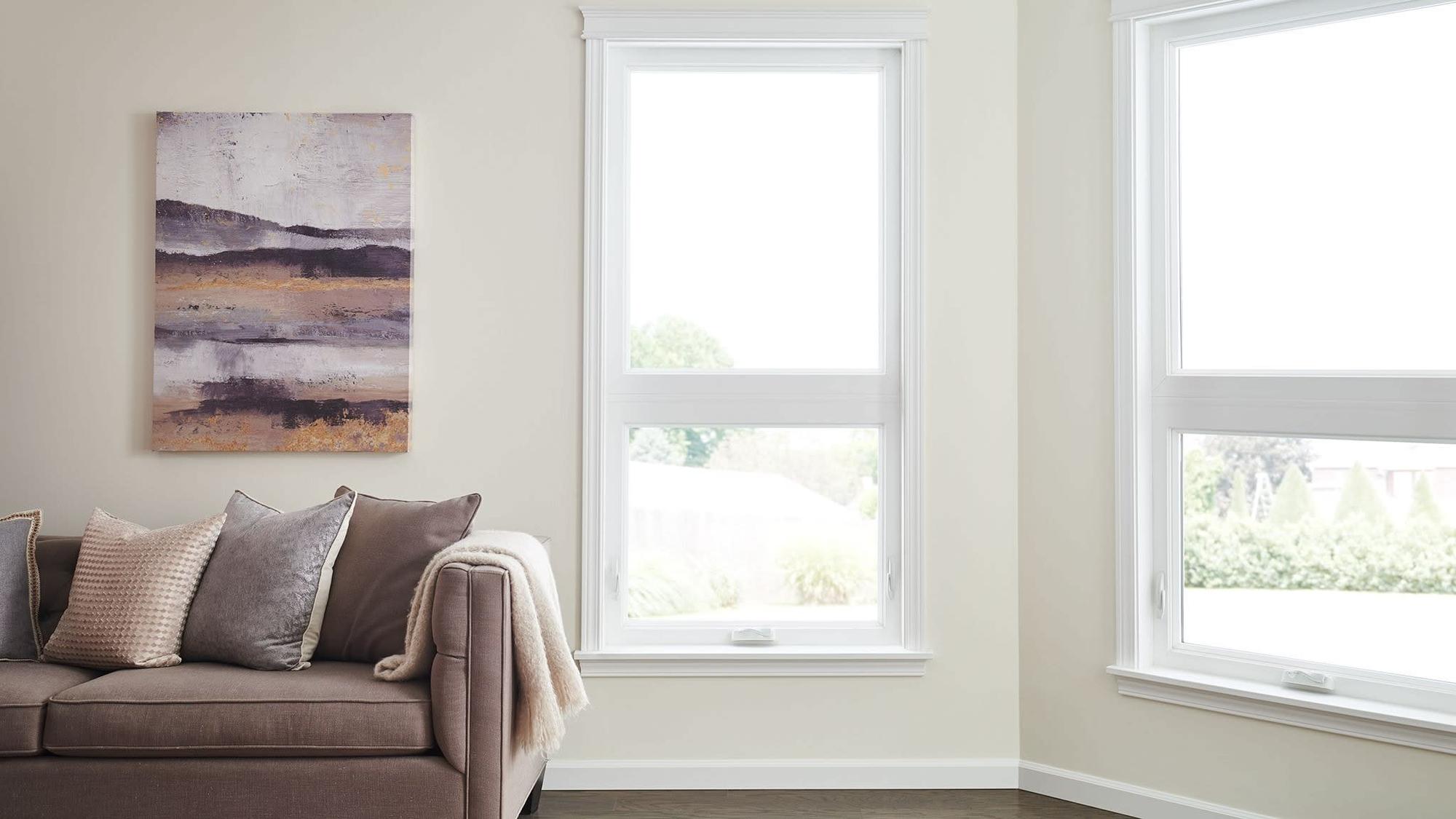What Are Crown Moulding Profiles & Trim?
April 18, 2022
By: The Finished Space
When homeowners and designers want to add a touch of luxury to their interior designs without sacrificing quality or space, they choose moulding and trim, and the reasons behind that might be pretty obvious.
Moulding and trim are among the best products on the market for adding clean, sleek lines to your design aesthetic. They’re small and subtle, so they don’t take up space. They add a certain finished quality that designers love.
That’s why whole industries have been devoted to crafting, designing, and figuring out new ways to use moulding and trim. You can install it in any room of your home, above mantelpieces, at the top of kitchen cabinets, on doors, window frames, and so much more. There are nearly limitless ways to use this diverse design element.
One of the oldest and most classic moulding types is crown moulding. In fact, the true origin of crown moulding dates back to the ancient Greeks and Egyptians. Even way back then, they understood the aesthetic power of interior and exterior moulding.
For those who aren’t familiar with crown moulding profiles and trim, you’re in luck. We happen to specialize in this elegant and luxurious product. So, here’s everything you need to know about crown moulding, including what it is, its different styles and profiles, and where to find it.
What is Crown Moulding?
Crown moulding is a type of moulding installed at the tops of walls, where the wall meets the ceiling. It was initially used in ancient times to create ornate carvings at the topmost sections of columns, but has since evolved to fit within any and every design aesthetic. From the traditional farmhouse style to the modern industrial style, crown moulding has a place.
It can be minimalistic or intricate, colorful or muted, and everything in between. There are almost no rules for how crown moulding can be used, so there are nearly limitless applications out there. Take one look at our design galleries, and you’ll see all the different ways designers around the worlds have used crown moulding and other moulding products to create awe-inspiring interior and exterior designs.
That said, there are many misconceptions about crown moulding and unnecessary rules that people have created or otherwise associated with it. For instance, many people believe that crown moulding must be white or match the color of the walls and ceiling. White moulding and trim are incredibly popular, but that couldn’t be further from the truth.
Similarly, many people believe that crown moulding and baseboards have to match and that you must install crown moulding all over your home, but that’s also false. While you probably want to keep them within the same visual family, crown moulding and floorboards can feature different colors, styles, and patterns. As long as they complement your home’s style, you’re good to go!
It’s important to remember that even that rule is open to interpretation. Ultimately, the best designs and home styles will match the personalities of their owners. So, remember – it’s all up to you. While there are classic or tried and true ways to use crown moulding in the home, we admire and appreciate experimentation!
Crown Moulding Profiles
Since crown moulding is a category in itself, it comes in numerous sizes, patterns, and styles called profiles. Each profile has its intended purpose and differs subtly or overtly from the next.
At Metrie, we offer a wide range of crown moulding profiles, from our 2 11/16” Solid Pine Crown to our 7 1/4” Fingerjoint Pine Crown. Our products also come in a variety of materials, including MDF (medium-density fiberboard), finger joint pine, and solid pine.
Generally, you want to choose crown moulding that fits your design aesthetic, but when you’re talking about crown moulding profiles, it gets a little more specific. For example, while some crown moulding profiles can make your walls seem taller, some styles can make your rooms feel smaller (or cozier). So, it depends on the room in question:
For walls less than 8 feet tall, you should choose crown moulding that predominantly projects out onto the ceiling. That will save wall height.
For walls equal to 8 feet tall, you should choose crown moulding between 3 and 5 ¾ inches.
For walls between 9 and 10 feet tall, you should choose crown moulding between 4 ¼ and 7 inches.
For walls greater than 10 feet tall, you can choose almost anything you like, but you might select crown moulding over 7 inches for that extra level of drama.
Of course, no matter which moulding profile you choose, crown moulding can transform your home into a sophisticated, inviting, and picturesque place to live. It is the ideal tool to bring any design together and create a lasting visual impression.
Discover the Perfect Crown Moulding Profiles for Your Project with Metrie
Find the highest quality crown moulding profiles on the market at Metrie. If you’re still unsure which profile is suitable for your home, check out Option {M} today. It’s a design tool that pairs specific moulding profiles with popular design trends, so you never walk away with the wrong style.

